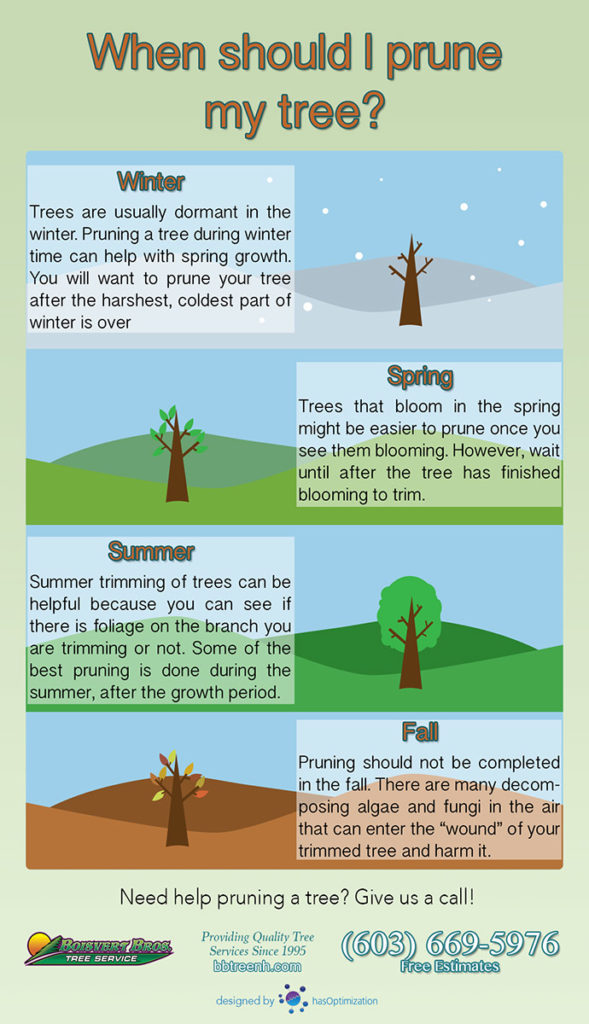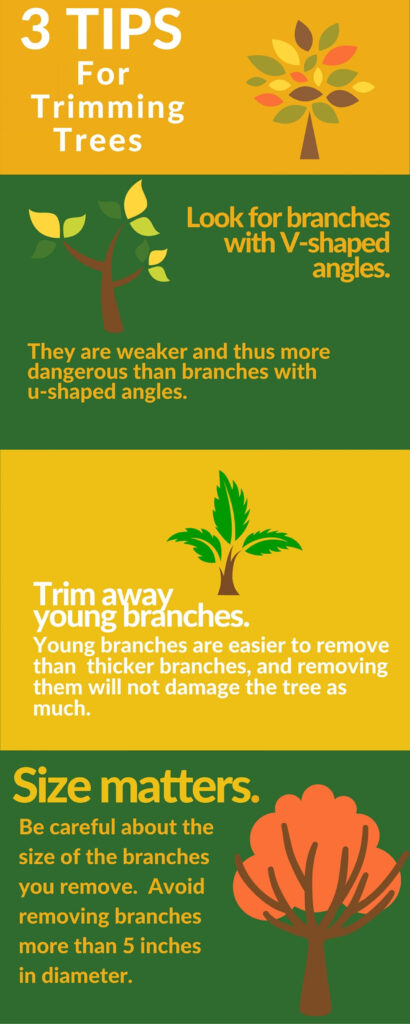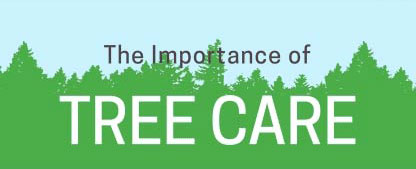Depending on how much of a landscaper and outdoorsy person you are, tree pruning and trimming may not be at the forefront of your mind. As a homeowner, there’s so much to think about.
It’s one of those jobs that many of us get round to in the summer, if at all. There are numerous benefits:

Benefits of Pruning Trees
Aesthetics
Overgrown, ad messy branches can have a surprisingly significant affect on the appearance of your outdoor space. It can become more obvious once they’re removed.
Safety
By removing large branches before they become a problem, you reduce the risk of an accident.
The health of the tree
- Allows sunlight to reach the whole tree, helping it to grow
- Helps to prevent the tree from getting infected by removing dead branches
- Helps to prevent disease in the whole garden

When to Prune Trees
Winter
Most trees are dormant. This can be a good time to prune.
Pruning in the winter encourages growth in spring time.
If you trim your trees in the winter, do it after the coldest part is over.
Summer
This slows down growth of the branches you don’t want.
You can spot problem limbs more clearly after they have grown out.
Fall
Not generally the best time to prune. There can be more decay-causing fungi in the air.
Another factor to consider is that trees heal more slowly in the fall after pruning, so they can be at risk of fungi infestation.
Flowering
Prune spring blooming trees once their flowers fade
For mid-late summer bloomers, prune in the late winter or early spring.

Tips to Trimming Trees
Look for branches with V-shaped angles
These branches are weaker and more dangerous than branches with u-shaped angles.
Trim young branches
Young branches are easier to remove than ticker ones. This will not cause as much damage to the tree either.
Be careful of size
Avoid removing branches thicker than 5 inches in diameter.

